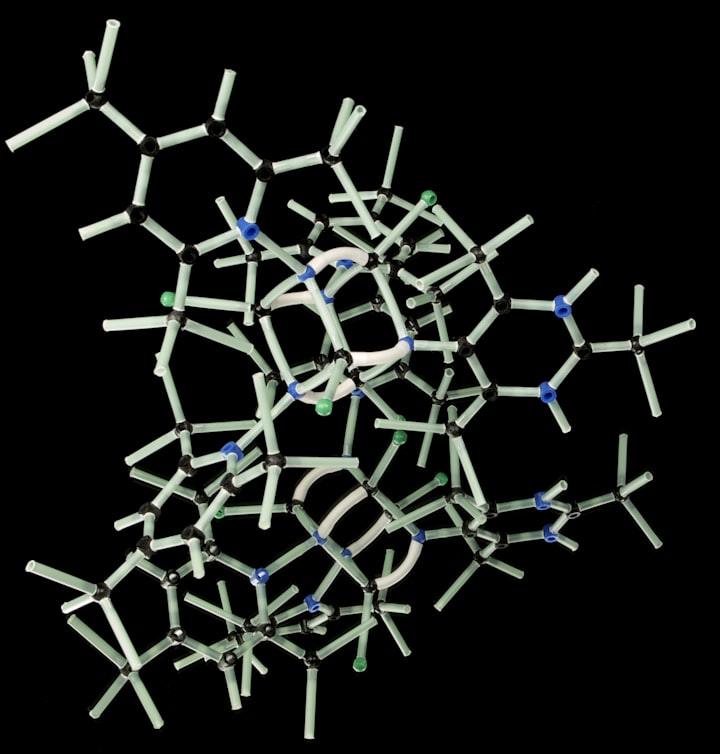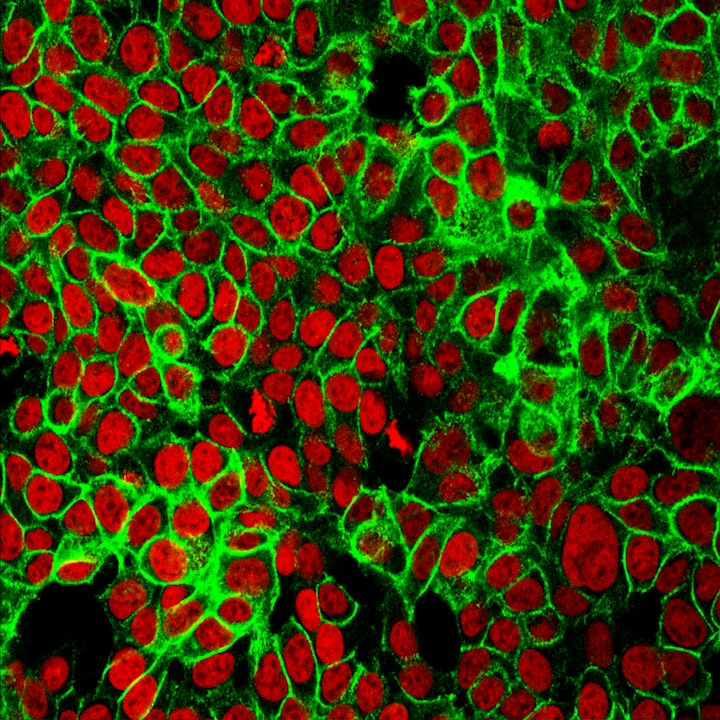Can Water Really Extinguish a Fire?
Can water really extinguish a fire by smothering and cooling down the burning material?

Have you ever wondered how water is so effective in extinguishing fires?
Let's delve into the fascinating science behind the firefighting mechanism without the jargon.
The Role of Water in Fire Fighting
When water is used to fight fires, it primarily serves two critical functions
smothering and cooling.
Smothering Effect
Water has the ability to cut off the oxygen supply to the fire, hindering its ability to sustain combustion.
However, this effect is not the primary mechanism by which water extinguishes fires.
Cooling Effect
The key principle behind water's effectiveness in extinguishing fires is its ability to cool down the burning material.
As water is heated, it absorbs an immense amount of heat from the fuel source, thereby significantly reducing the fuel's temperature.
This cooling action impedes the sustained release of flammable gases and vapors, which are necessary for the fire to continue burning.
The Marvel of Vaporization
Another crucial aspect of water's firefighting prowess involves its phase change from liquid to gas.
As water evaporates upon contact with the hot material, it transforms into steam.
This phase change requires an enormous amount of heat energy, which is drawn from the fire and the surrounding material.
Consequently, as water evaporates, it effectively siphons off substantial heat from the burning material, hastening the cooling process.
**The science behind water's effectiveness in quenching fires is a compelling tale of heat transfer and phase changes.
Rather than merely smothering the flame, water's remarkable ability to absorb heat and undergo phase transitions forms the backbone of its firefighting capabilities.**






